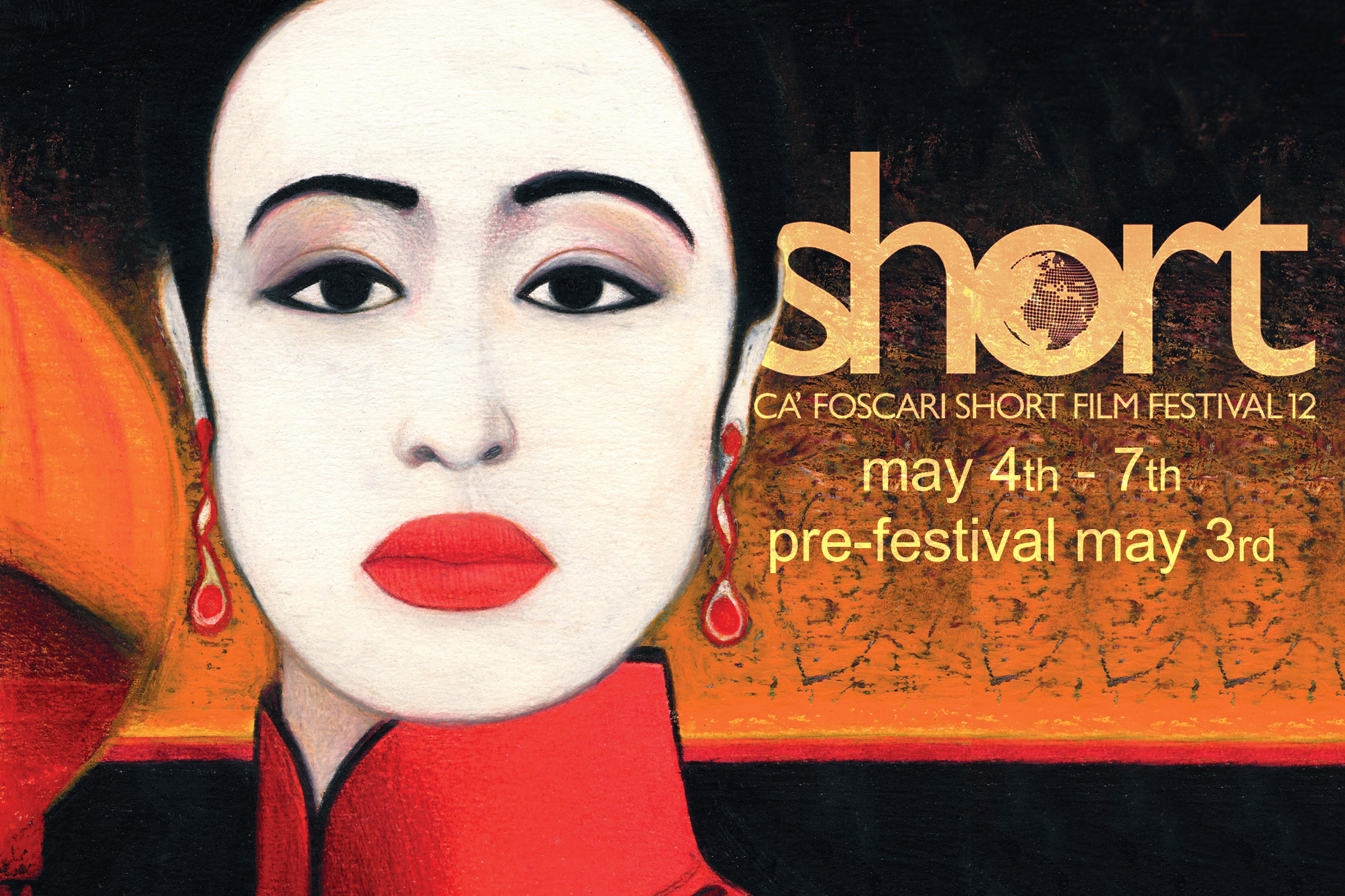
One of the guests of the second day of Ca’ Foscari Short Film Festival was the eclectic artist Barry J.C. Purves, also nominated for an Oscar for animation, who talked about himself and his career on the stage at the Auditorium Santa Margherita. Purves uses a variety of languages, and in addition to puppet animation, his work is divided between film direction, theater scene and writing. He works mostly for Altrincham Garrick Playhouse based in Manchester and, among other works, he was the creator of the animations for the movie Mars Attacks! by Tim Burton. His last work is the short movie No Ordinary Joe, which was also screened at the festival, and it’s a project inspired by Joe Carstairs, an early 20th century woman who uprootes the feminine norms, coming out as homosexual and non-binary and becoming an automotive entrepreneur and a pilot. But the most original thing by which the director was attracted, was the protagonist’s friendship with a puppet, that the woman always carried around, which was considered a proper friend, a right-hand companion and a male alter-ego. This specific correlation between animation and theater in the life and art of the author was the main focus of the speech that brought him back to Venice, after being one of the jurors for the International Competition in 2018.
The meeting held in the Auditorium was characterized by a free and stimulating conversation in which Purves’ enthusiasm came to light, telling different anecdotes and stories about some directorial solutions used in his works, having been encouraged by the questions from Davide Giurlando, expert of animation productions and professor at the Master of Fine Arts in Film Making of Ca’ Foscari. Specifically, Purves pointed out that the illusion of reality is instead created by a perfect artifact, in other words, mechanics: it is only by mastering the technique that you can make art. Art seen as craftmaship, as a profession, as the capacity of creating and as the deep knowledge of the mechanisms that lay underneath it and rule the reactions of the audience. Purves uses this technique as a tool to carry the feelings of the public, by making them laugh or cry, to manipulate their perception, playing with their imagination. We all are attracted by illusions, which are tricks that create an internal movement, curiosity, and desire: art, therefore, to be such, seeks mastery of a technique that moves inner dynamics.
Based on these assumptions, the artifact becomes the most truthful form that can be used for the story, in its different conjugations. The declared fiction becomes magic, poetry that transports life, reproducing a game of opposites that in their friction create the art work. This is the reason why he uses puppets in his stories: these puppet-characters bring along with them a load of extremely intense truths and vital strength, breaking the emotional filters used by the spectators as screens. Moreover, according to the artist, the creative process is part of the art work itself, and is not only reduced to a concrete object or a final result, but acquires a wider value: it’s art that expands over time by incorporating the creative process, taking shape in the artist’s mind and passing through his hands. Imagination and material, the basic ingredients of his art.

